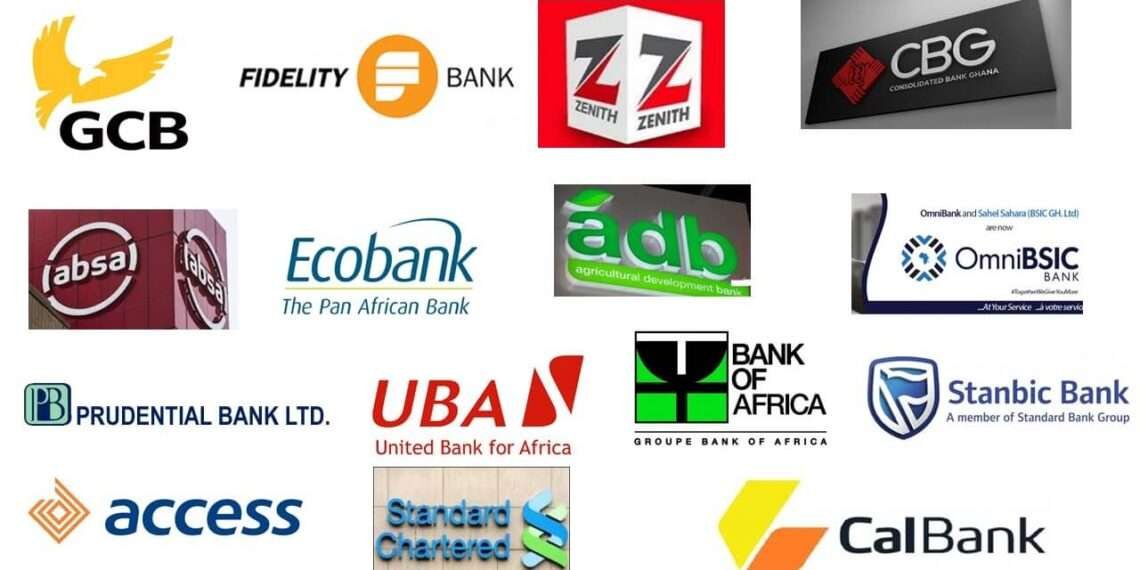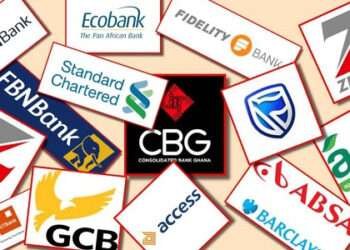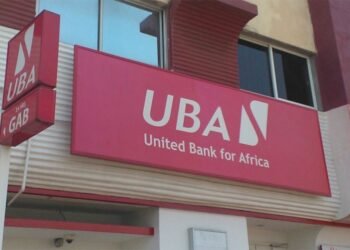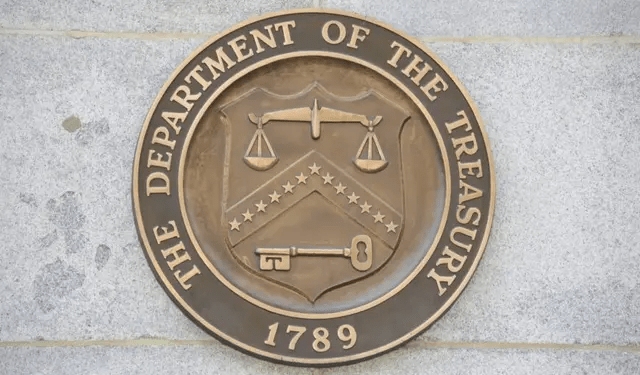The performance of the banking sector in 2021 pointed to sustained growth in assets, deposits, and investments alongside improvements in the financial soundness indicators.
According to data from the Bank of Ghana, total assets of the banking sector grew by 20.4 percent to GH¢179.8 billion as at December 2021.
“Asset quality however, continued to reflect the general pandemic-induced repayment challenges as well as some bank-specific loan recovery challenges. From the peak of 17.3 percent in August 2021, the NPL ratio eased further to 15.2 percent at End-December 2021. Comparatively, the NPL ratio was 14.8 percent in December 2020”.
Bank of Ghana
The BoG highlighted that the industry remained solvent with the average industry CAR of 19.6 percent well above the 11.5 percent regulatory minimum threshold. Core liquid assets to short-term liabilities was 25.9 percent in December 2021 compared with 27.8 percent a year ago. Also, the decline in interest rates in 2021 had an impact on net interest income last year.

“Net interest income grew by 14.5 percent to GH¢12.8 billion, lower than the growth of 20.9 percent a year ago partly due to decline in interest rates. Net fees and commissions however, recorded a 24.8 percent growth to GH¢2.9 billion, compared with 5.0 percent last year, reflecting continued recovery in trade finance-related and other businesses of banks”.
Bank of Ghana
According to BoG, this resulted in a 14.6 percent growth in total operating income to GH¢17.4 billion, compared with 17.9 percent growth last year.
Increased operation costs
Despite the improvements in deposits, assets and financial soundness indicators, bank’s operation costs were higher in 2021 than in 2020. The Bank of Ghana disclosed that operating costs of banks increased by 14.2 percent, higher than the 8.2 percent growth for same period in 2020.
Loan loss provisions however, contracted by 4.7 percent as at End-December 2021 from the 28.0 percent growth recorded a year ago, following the reversal of over-provisioning at the height of the pandemic in 2020.
Bank’s gross profits growth also declined significantly last year compared to the developments in 2020. The Bank of Ghana revealed that Profit-before-tax of banks increased by 22.1 percent in 2021 to GH¢7.4 billion, below the growth of 27.2 percent in 2020.
Private sector credit growth
Credit performance improved marginally, consistent with the gradual recovery in the real sector. Annual nominal growth in private sector credit increased to 11.2 percent in December 2021 compared with 10.6 percent in the corresponding period of 2020.

However, sustained price pressures weighed on real private sector credit, which contracted by 1.3 percent compared to a modest growth of 0.2 percent, over the same comparative period.
“The COVID-19 regulatory policy measures were kept in place during 2021 and helped provide some support to lending activities of banks. New Advances extended by the commercial banks to the economy was GH¢36.4 billion, registering a growth of 6.8 percent compared with new advances of GH¢34.1 billion extended in 2020”.
Bank of Ghana
Money market rates
On the money market, interest rates reflected mixed trends across the yield curve. The 91-day and 182-day Treasury bill rates declined to 12.49 percent and 13.19 percent respectively in December 2021, from 14.08 percent and 14.13 percent respectively, in December 2020.
The weighted average interbank rate declined further to 12.68 percent from 13.56 percent, which BoG said was “induced by persistent structural liquidity on the interbank market”. The BoG further explained that this transmitted to the retail end of the market, and average lending rates of banks declined marginally to 20.04 percent in December 2021 from 21.20 percent recorded in the corresponding period of 2020. Banking Sector Banking Sector Banking Sector
READ ALSO: James Quayson Committed A Criminal Offence- Gary Nimako























